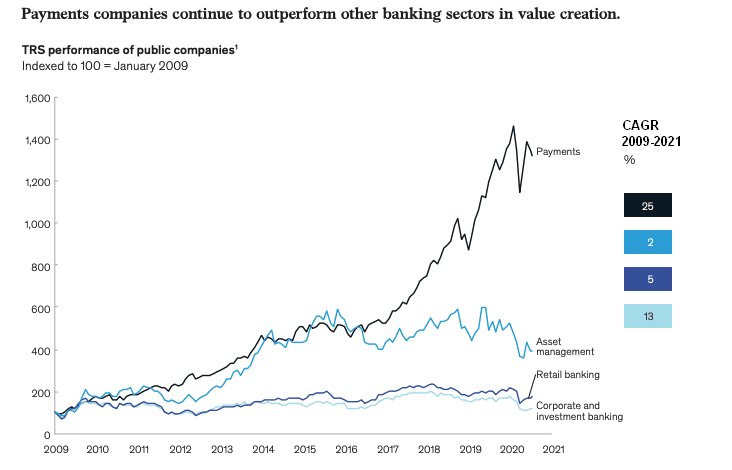How to Overcome the Challenges of Cross-Border Payments
How to Overcome the Challenges of Cross-Border Payments
In October 2021, the G20 body requested the Financial Stability Board (FSB), an international body that monitors and makes recommendations about the global financial system, to create and present a roadmap to enhance cross-border payments. The roadmap was prepared in partnership with the Committee on Payments and Market Infrastructure (CPMI) and other standard-setting global bodies of relevance.
| Table of contents |
|

The B2B cross-border payment sector is currently very fragmented, according to Juniper research. The short routes are already known to be slow, expensive, and difficult to track. Automated workflows, immediate payment rails, and virtual IBANs must all be taken into account to meet the growing need for better payment services. Additionally, acceptance of domestic payment solutions is essential for future growth.
Major obstacles faced during cross-border payments
Slow processing time: Traditional bank transfers used for cross-border payments typically take one to five business days to process, which is a fairly long turnaround time in comparison to domestic payments that are processed almost instantly. Once more, this is due to the sheer number of parties engaged in a single transaction. There are many intermediary services involved for every single transaction. The lack of automation and standardisation among multiple banking networks and payment infrastructures is another reason why this process is still sluggish. There is also the issue of multiple countries being involved for a single transfer. For example, an individual or entity trying to transfer money from an East-European country to a South-Asian country might have their money rerouted through Germany or even Russia and then through India before reaching its intended destination country. Hence cross-border payments can take longer than expected because there are many processes to fulfil and multiple transaction facilitators involved.
Fintech can solve these problems in the following ways
Protection from fraud: Compared to domestic transactions, international transactions are at the highest risk of digital payment fraud and cyber-attacks due to the large number of parties involved. With security standards such as ISO 27001 certifications, complex passwords, two-factor authentication, monitoring, alerts, blocking, strong encryption, infrastructure security, and data encryption, fintech start-ups can and do address security risks and prevent opportunities for fraud.
Conclusion
In conclusion, cross-border payments still face challenges such as high costs, lack of transparency, slow transactions and security issues. But fintech companies are making cross-border payment systems simpler, more efficient and more effective through advanced integrated AI solutions, machine learning solutions and user-friendly infrastructure.
To acquire the platform, book a demo with the Fable Fintech cross-border platform experts;
RESOURCES:
https://www.fsb.org/2022/07/developing-the-implementation-approach-for-the-cross-border-payments-
targets/
https://www.juniperresearch.com/press/b2b-cross-border-payment-transaction-values
